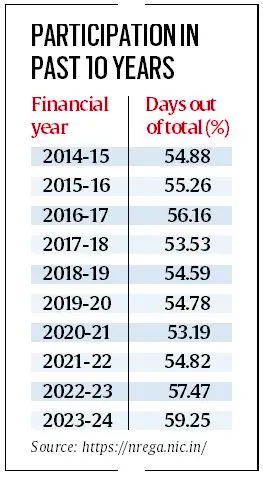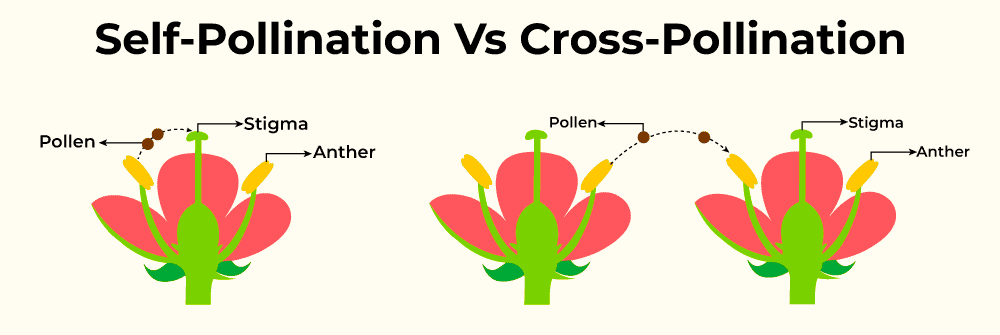There are no items in your cart
Add More
Add More
| Item Details | Price | ||
|---|---|---|---|
GS Paper 2: Gender, Issues related to Women, Government Policy and Intervention.
Context:
As per the Periodic Labour Force Survey (PLFS), published by the Ministry of Statistics and Programme Implementation, the female Labour Force Participation Rate has increased in the country in recent years.
GS Paper 2: Health-related issues
Context:
There has been a ten-fold increase in dengue cases between the years 2000 and 2019, according to an analysis by the World Health Organization (WHO).
Major Highlights:-
There is a sharp increase in cases globally after the lull between the pandemic years 2020-2022.
The Americas were the worst affected.
In the Southeast Asia region, 10 out of 11 member states are known to be endemic for dengue virus.
The African region was affected by many arboviral diseases, such as yellow fever, dengue, chikungunya, O'nyong nyong, Rift Valley fever and zika.
Pakistan, Saudi Arabia and Oman have reported the highest number of confirmed cases thus far in 2023.
Reasons for Increase:-
GS Paper 2: Government policies and interventions for development in various sectors.
Context:
PM-JANMAN package for the PVTGs, the Union government has set a target of one week to achieve Aadhaar, caste certificate, and Jan Dhan account saturation across 15,000 PVTG habitations in 100 districts.
Need:
Several PVTG families in these areas do not have any basic form of documentation.
The campaign also intends to produce awareness material like pamphlets, videos, wall paintings, jingles, thematic wall paintings, and cultural programs, in local and tribal languages.
About PM JANMAN:-
The PM JANMAN initiative is a government program designed to integrate tribal communities into the mainstream.
Spearheaded by the Ministry of Tribal Affairs and collaborating with State governments and PVTG communities, this scheme encompasses both Central Sector and Centrally Sponsored Schemes.
Inclusion:-
Focusing on 11 pivotal interventions overseen by 9 line Ministries, it ensures the effective implementation of existing schemes within villages inhabited by PVTGs.
Included in the plan are the establishment of Van Dhan Vikas Kendras for forest produce trading, off-grid solar power systems for 100,000 households, and the installation of solar street lights.
Anticipated outcomes involve a significant improvement in the quality of life and well-being of PVTGs, addressing various forms of discrimination and exclusion while acknowledging and valuing their unique and substantial contributions to both national and global development.
Targeted Sectors:-
The initiative spans multiple sectors, aiming to provide safe housing through the PM-AWAS Scheme, access to clean water, enhanced healthcare, education, nutrition, improved road and telecommunications connectivity, and sustainable livelihood opportunities.
Challenges in Implementation:-
Context:
INS Imphal (Pennant D68), is set to be commissioned into the Indian Navy.
Context:
Chemical tanker MV Chem Pluto was hit by a drone strike on Saturday (December 23), roughly 200 nautical miles (370 km) off the coast of Gujarat.
Context:
China, the world's top processor of rare earths, banned the export of technology to extract and separate the strategic metals, as it overhauled a list of technologies deemed key to national security.
Details:
China also banned the export of production technology for rare earth metals and alloy materials as well as technology to prepare some rare earth magnets.
The move comes as Europe and the United States scramble to wean themselves off rare earths from China, which accounts for 90% of global refined output.
The prohibition extends beyond extraction and separation technologies, encompassing the export of production technology concerning rare earth metals, alloy materials, and particular rare earth magnets.
Rare earths are a group of 17 metals used to make magnets for use in electric vehicles, wind turbines and other electronics.
About:
Rare earth elements are crucial components in various modern technologies, and their processing involves several methods. Here are some key rare earth processing technologies:
Context:
In the first evidence of rapid evolution, scientists have discovered a flower growing in Paris, France is producing less nectar and smaller flowers to attract fewer pollinators and is self-pollinating.
About Self-pollination:
Self-pollination is the process by which plants reproduce themselves.
The behaviour is contrary to the convention of angiosperms, which rely on insects to pollinate to reproduce — an interconnected relationship in nature.
Plants produce nectar to attract insects, which collect nectar for food and transport pollen between plants in nature.
The interlinked give-and-take relationship has evolved over 100 million years of coevolution.
Self-pollination ensures reproductive success, especially in habitats where pollinators are scarce.
However, it also diminishes genetic variability within plant populations and poses a risk to the plant-pollinator interaction system.
Its Phenomenon:-
Anther and Stigma Proximity: Within self-pollinating plants, the anther (producer of pollen) resides close to the stigma (receiver of pollen) within a single flower.
Pollen Transfer: The transfer of pollen grains from the anther to the stigma occurs either through physical contact or via the plant's internal mechanisms.
Fertilization: After this transfer, the pollen tube extends down the style to reach the ovary, culminating in fertilization and the formation of seeds.
Genetic Similarity: As both pollen and ovule originate from the same plant, the resulting offspring inherit identical genetic traits from the parent, leading to restricted genetic diversity.
Context:
The Ministry of Railways has made training in disaster management mandatory for railway officers.

